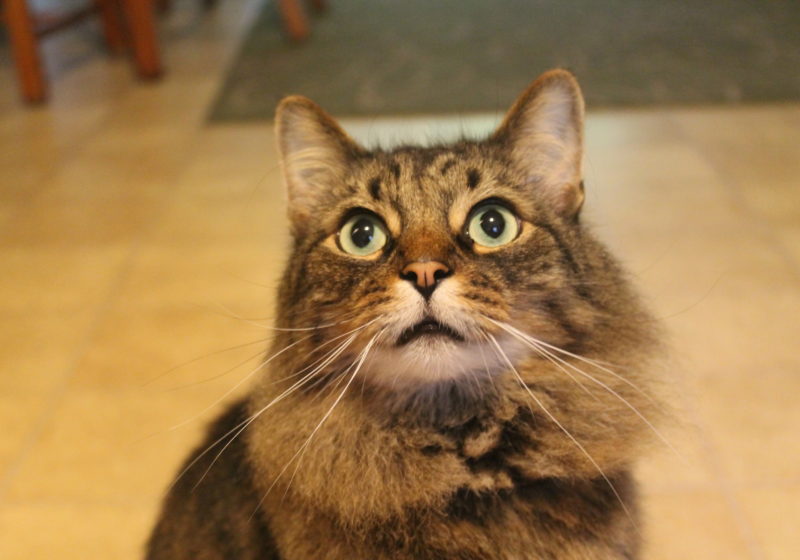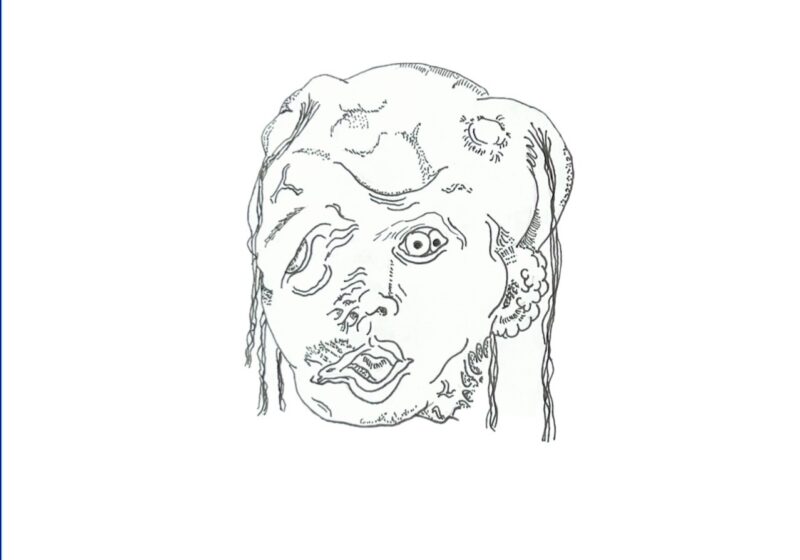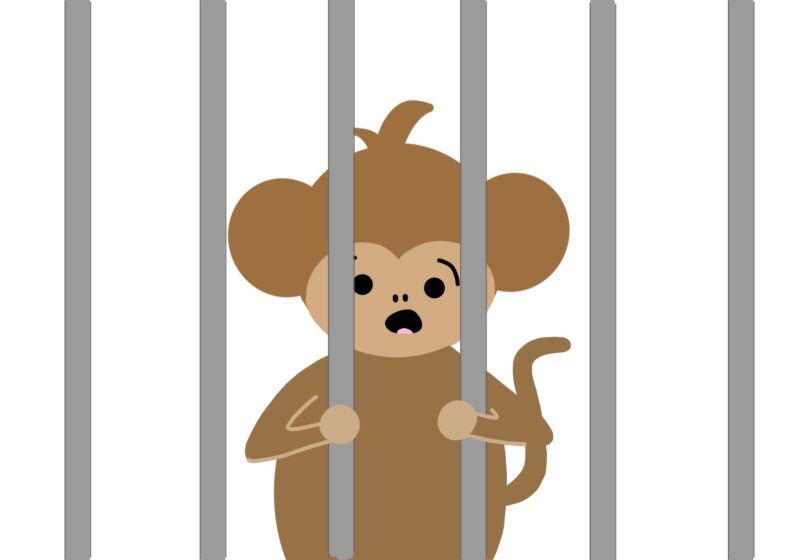Istanbul: a city of mosques, churches, cobble roads, steep hills and narrow streets, ferry rides and seagulls, a bridge between the new and old, ancient and modern. Sitting atop the throne of this preserved kingdom is the street cat. Both speckled and striped, black and white, slender and positively chubby, the beauty of the mighty street cat is subtle, constant, and reassuringly distinct. No one cat resembles the other, yet together they create the vast ecosystem of fuzzy little troublemakers intertwined in the city’s landscape — an irreplaceable gem, a pleasant nuisance.
Due to the slippery nature of government regulation, one cannot truly be sure of the population of street animals in the city — estimates range from 400,000 to 900,000. A majority of these street animals are cats, which does not come surprising in the slightest to anyone who has stepped foot in Istanbul for as briefly as a few hours. The cats are, without exaggeration, everywhere. At the bazaar, rested atop the traditional carpets in a majestic show of royalty; circling the outdoor seating of quaint restaurants, playing up their charm in exchange for scraps of tourists’ meals; cuddled up in shop displays with the endeared store owner stroking their fur; sleeping on the metro turnstiles and the seats of the public bus; and sometimes, with a stroke of luck, you may find one purring on your lap.
Suffice it to say that when I first moved to Turkey from the United States, I could not stop ogling this inconceivable phenomenon. How can they be occupying this entire city so freely and so confidently, as if Istanbul belonged to them and we humans were mere guests? Moreover, I found great fascination in how the people of the city coexisted with these furry friends. It is not just commonplace to feed and provide shelter for these animals — it is an undisputed duty. Cats and dogs live among us and are citizens of the city just as equally as we are. Therefore, the fluffy Ottoman blanket you are trying to sell is also the birthright bed of the ginger kitten. The butcher offers up meat, the cafe owner offers up spare slices of cheese and chicken, and the well-meaning elderly lady offers up bread soaked in milk.
The municipality has a hand in taking care of these street animals as well. The “collect, vaccinate, feed, release” policy is implemented in hopes of not just providing good health for the animals but also regulating their ever-growing population, although the success of this method is debatable, as street animals have been reproducing as fastly as ever. VetBus is a free ambulance service that, when called, picks up street animals in need and transports them to the Istanbul-owned veterinary clinics. Other times, animals in need of care will be kept in shelters.
In comparison, here in the States, pets are owned privately and receive a much more personal level of care. Our mercy and compassion are rarely so often extended to the thin, ragged cat we see scampering away from us in the dark. Animals in the street, near the sewers, hiding behind the bushes or the trees — these creatures are beyond the concern of our white picket fences. If one does desire to provide care or shelter, they more often than not adopt the animal and make them a part of their home, their family.
The common Turkish citizen prioritizes the street animal’s “freedom” over its potential to receive more tightly regulated care under ownership. This is ironic, considering it is usually Americans who preach individual freedom, whereas Turkish people value close-knit family bonds and nearly suffocating care and nagging. Here, the roles seem to switch as Turks assume a collective, general responsibility over providing general food and shelter to the beloved and respected street animal without “disturbing its freedom by confining it to four walls.” As a result, the animals are loved by many but have only relatively satisfactory means for getting by that can be insufficient for a high quality of life. Meanwhile, the American needs to form a tighter, personal bond with the animal before they can fully offer up their time, care, and compassion. In return, the animal is pampered in the warmth and security of the home — not quite a member of the family but not quite a form of property.
The issue of Istanbul’s street animals is that there are many — too many — and the byproducts of street living such as disease and malnutrition are difficult to prevent on a mass scale by the municipality. However, a Turk would find the act of putting down an animal that is unable to be cared for absolutely barbaric (and I would agree)! The American, on the other hand, might argue that it is mistreatment to keep an unhappy animal alive, especially within the crude resources of shelters. But what is it that determines an animal’s happiness? I believe that the divide falls near this question. To the Turks, a purring cat getting its belly rubbed on the park bench is happy, no matter the quality of its food or the potential mites in its fur. To the American, a cat is happy with Hill’s Science Diet in its stainless steel food bowl, and a four-story scratching post to mimic the innately craved outside environment it cannot have. But hey, this cat will live 15 years on average. An Istanbul cat lives a fast-paced life that can end with just one momentarily reckless driver.




